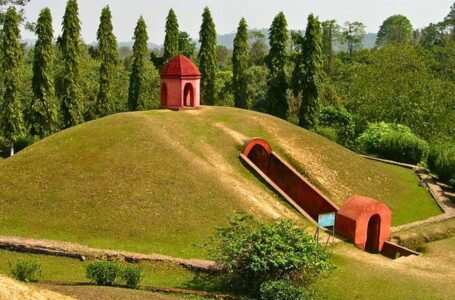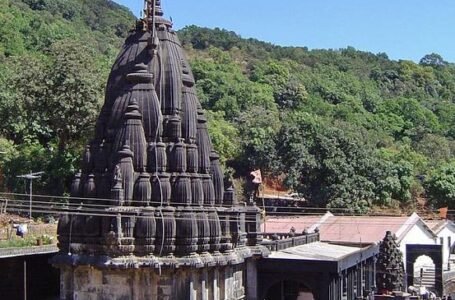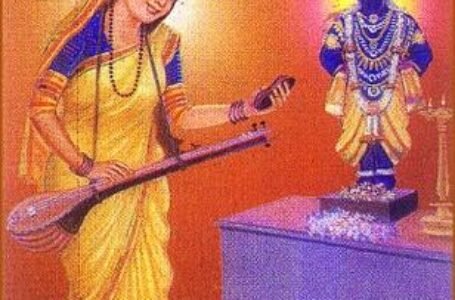MahaJanpada – Chedi – The kingdom of Chidi
- Ancient history Asian history
 Bitati Kar
Bitati Kar- September 5, 2022
- 0
- 1092
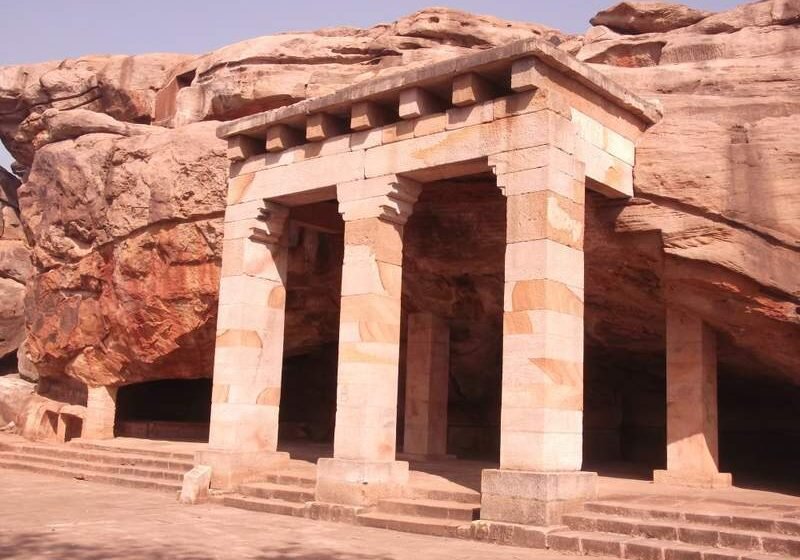
The Chedi dynasty was founded by Chidi belonging to Vidarbha and Yadav dynasties. It is said that the Paurava king Vasu won Chedi after Indra’s request and ruled there. It is said Chedi that was chosen by the Pandavas to spend 13 years of exile. Chedi ruled over large provinces by making his sons governors, his son Brihadratha established Magadha. During the early periods, Chedi was ruled by the Paurava kings, but later, the Yadava kings took over the central part of the country.

India is known as one of the most diverse and versatile countries, but have you ever wondered why this diversity and versatility is? Or how did India emerge as the land of treasure and resources? Or what makes India stand out from every other country? It is time to address these questions now, as per the books and research papers and from the diaries of the archaeologists, homo-sapiens or modern humans first started arriving in India from Africa sometime around 55,000 to 75,000 years ago. These humans slowly started forming small groups and by 4500 BCE they had spread themselves vastly and developed into civilizations. This civilization was known as the Indus Valley Civilisation and is the most ancient civilization, also referred to as the “Old World”, which existed alongside Ancient Egypt and Mesopotamia. However, due to heavy drought, the Indus Valley civilization brokcivilizationthe civilizations started moving to different parts of India and formed the Vedic Period from 1500 to 500 BCE. This was the period when Vedas were formed and a particular system called the “Varna” system was developed, which is from where today’s caste system has evolved. They mainly consisted of priests, warriors, and peasants. However, the Vedic period also ended, by 600 BCE. This end of an important era led to the formation of one of the most important civilizations and the formation of tribal communities which was formed of interregional culture.
Towards the end of the Vedic period, tribal allegiance had begun to make way for territorial allegiance and the loyalty of the people was getting transferred from tribal organizations to Polito-geographical units. Such a development was also reflected in a relationship between the raja and others based on reciprocity rather than kinship, but it also indicated the emergence of a class of non-kinsmen who eventually became the cronies of the raja contributing to the concentration of authority on the throne. The middle of the sixth century saw the emergence of political janapadas among which some were very well defined while others had their significant features. Some of these janapadas soon grew into mahajanapadas with more than one urban settlement.
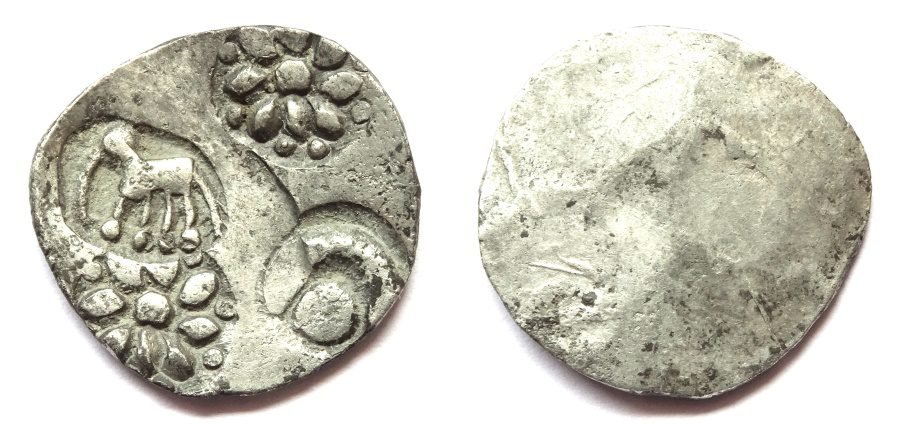
These janapadas had legal form and their ideal model used to have characteristics like a well-developed caste system, which both, directly and indirectly, bound the community with economic obligations as well as reminded them of various social disabilities. The earliest methodical postulation regarding the origin of the state has been made in the Ambattha and the Agganna suttantas of the Digha Nikaya which belong to the earliest strata of the Pali literature. These janapadas were further merged, evolved, and developed into Mahajanapadas. A mahajanapada, in its pristine stage, was not only much larger than a janapada as is indicated by the term itself, but it also had rattha-like characteristics and can be considered a proto-Gesellschaft institution. The early Pali texts mention the following sixteen mahajanapadas (solasa mahajanapada) that existed at the time of the Buddha: Anga, Magadha, Kasi, Kosala, Vajji, Malla, Chedi, Vamsa, Kuru, Pancala, Maccha, Surasena, Assaka, Avanti, Gandhara, Kamboja. Among these, the first fourteen that are from Anga till Avanti are included in Majjhimadesa. One of the very precious and important Mahajanapada was Chedi.
This Mahajanapada existed till (600 BC-300 BC). Chedi was an old Mahajanapada located in the Bundelkhand division of Madhya Pradesh. The mahajanapada of the Chedi was near the Yamuna, to the east, and in the neighborhood of Malla and thus adjoining the Kuru mahajanapada. Law has suggested that it corresponded roughly to the modern Bundelkhand and the adjoining region. Its capital was Suktimati and was located at Sotthivati which was the city from where once Upacara, ruled. The Chedi kingdom was ruled by Shishupala. The Buddha preached several discourses to the Chedis, in the town of Sahaja. There are also many opinions and legends about the capital Suktimati, some historians say that it was located in Rewa, Madhya Pradesh and some historians say that it was located in Banda, Uttar Pradesh.

Ishwarsena alias Mahaksatrapa Isvardutta, who was the founder of the Abhira dynasty, who seemed to have ruled over a large territory in the Deccan region had started to commemorate his ascension which was later known as the Kalachuri-Chedi era. It consisted mainly of the Kshatriya people but had other groups as well. It is regarded as one of the most important and renowned dynasties of ancient India.
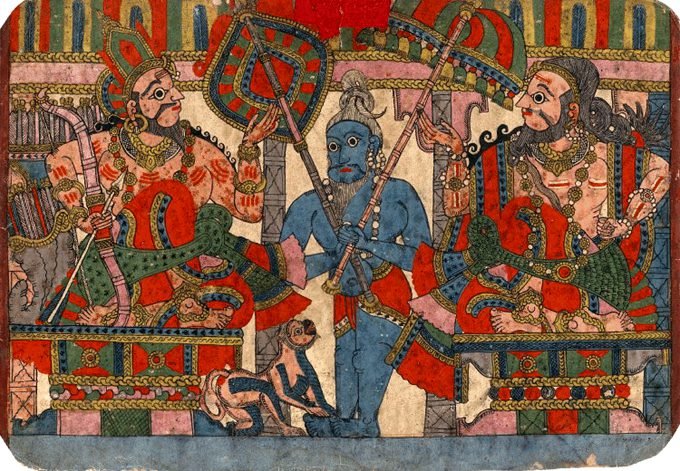
According to Mahabharata, the Chedi Kingdom was ruled by Shishupala who was an ally of Jarasandha of Magadha and also Duryodhana of Kuru. Shishupala was the rival of Vasudeva Krishna who was his uncle’s son. Shishupala was also killed by Vasudeva Krishna during the Rajasuya sacrifice of the Pandava king Yudhishthira. It has also been found from books and ancient writings that Bhima’s wife was also from Chedi. The Chedis had a big contribution and part in the Kurukshetra War, where prominent and important people of the Chedi kingdom were Damaghosha, Shishupala, Dhrishtaketu, Suketu, Sarabha, Bhima’s wife, Nakul’s wife Karenumati, and Dhrishtaketu’s sons.
During the reign of King Vashu of the Chedi dynasty, there was a good economy and much mineral wealth. Animals and corn were also found in abundance here, which attracted many traders from all over the world, and is the reason for its worldwide fame. This kingdom of Chedis was also known as Oyster.

Kharavela was considered to be the most important and powerful king of the Chedi dynasty, he had done many construction works during his reign, and he also defeated Shatkirni. He was a donor and if Hathigumpha is to be believed, there is no mention of its ending.
